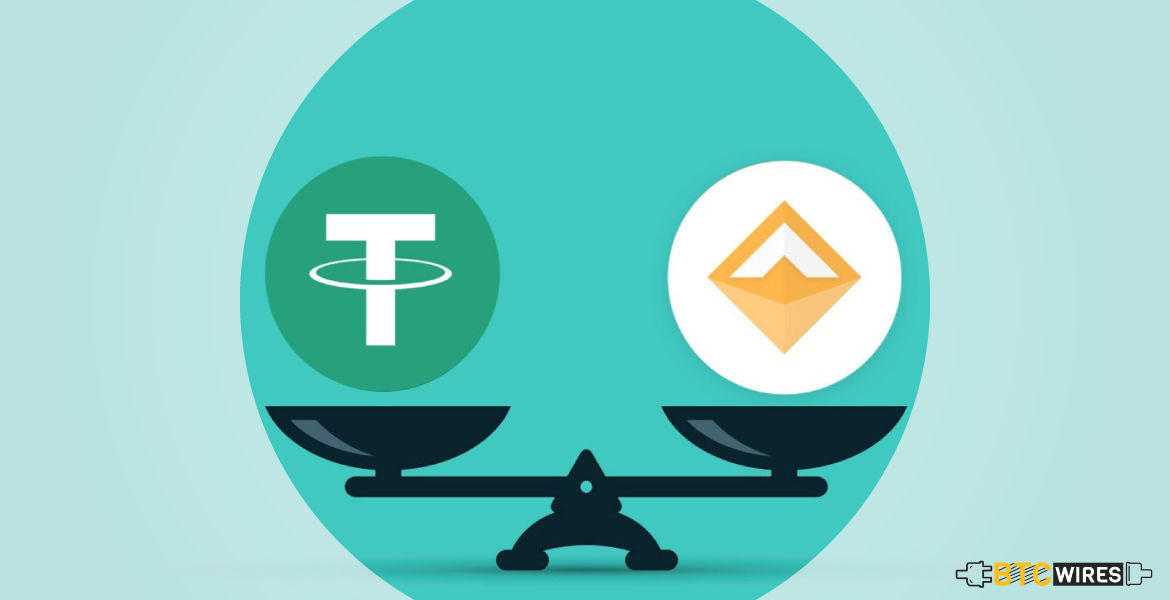Our existing financial landscape has undergone a great deal of

Our existing financial landscape has undergone a great deal of transformation with the advent of cryptocurrencies. Granted, they have not replaced or even come close to replacing fiat currencies, but they have alternately turned into boon or bane for investors and modified the fintech scene considerably. If you were to ask why cryptocurrencies still suffer in terms of credibility, you would possibly be told about their volatility. These digital currencies are absolutely notorious for turning expert predictions on their head and oscillating between a bullish high and a bearish slump. Even recently, we saw the crypto market going red despite experts expecting a bullish upswing, and then recover in a few days. This volatility arises from the fact that no central authority provides it with any backing. To solve this issue, we have stablecoins, which are essentially cryptocurrencies backed by a real-world asset. Here we touch upon a beginner’s guide to stablecoin to get an overview.
What is a Stablecoin?
Stablecoin is essentially a digital currency that has a low volatility and price more stable compared to usual cryptocurrencies. They are usually pegged to a real-world asset, which serves as a cushion to the erratic highs and lows a crypto market is so used to experiencing. This makes them a more viable options for exchanges to list and they also serve one of the crucial functions of money rather well: that of a store of value. This pegged value of an existing form of asset means that the stablecoin is effectively backed by some kind of a reliable collateral.
How is a Stablecoin “pegged” to another currency or asset?
Tether, for example, is one of the most commonly known stablecoins. It is pegged to the USD, which is expected to continue to be stable and reliable for the foreseeable future. Sometimes, stablecoins may also peg themselves to currency baskets or an index such as the consumer price index. The collateral is held in lieu of every stablecoin that is issued. Tether, for example, issues one stablecoin per dollar it holds. However, Tether is frequently accused of being opaque about their operations and recently Tether even destroyed some of their tokens, which, they said, was in keeping with the issuance and redemption process explained in their whitepaper. However, in theory at least, having Tether backed by USD means each coin will always have the same value as an US dollar.
Some stablecoins, such as the Maker coin (DAI), are soft-pegged to fiat currencies like the USD which adds an additional layer of protection in case of a possibility of the USD collapsing. Although that does not seem too likely at the moment, a soft peg, as opposed to Tether’s hard peg, ensures that the coin will remain safe even in the hypothetical scenario of a slump in the USD.
Sometimes stablecoins are also backed by other cryptocurrencies, one example of which is Havven. The tying up of the Maker MKR and DAI coins also follow a similar, although not the same, pattern. This ensures that the stablecoin can absorb and minimise the impact of any large fluctuation in the price of its collateral cryptocurrency. In such cases, all transactions are processed within the same blockchain.
Sometimes, stablecoins do not have collateral backing at all. One example is Basecoin, where the existing algorithm simply shrinks and expands the coin’s supply to regularise its price.
What are the Problems of A Stablecoin?
Backing cryptocurrencies with fiat currencies takes away some of the decentralized quality crypto coins are usually known for. Some central authority controls one half of this arrangement: the fiat currency and thus induces a certain degree of centralisation in the process. The liquidation is also dependent on government approvals and rules, which involves a waste of time and money.
For stablecoins that are pegged to another cryptocurrency, the process of over-collateralization would require a high degree of capital investment. Even then, the volatility of the cryptocurrency it is pegged to affects the stablecoin and might compromise its stability.
Other forms of stablecoins have not managed to amass enough faith and credibility yet and still remain very experimental in nature.
